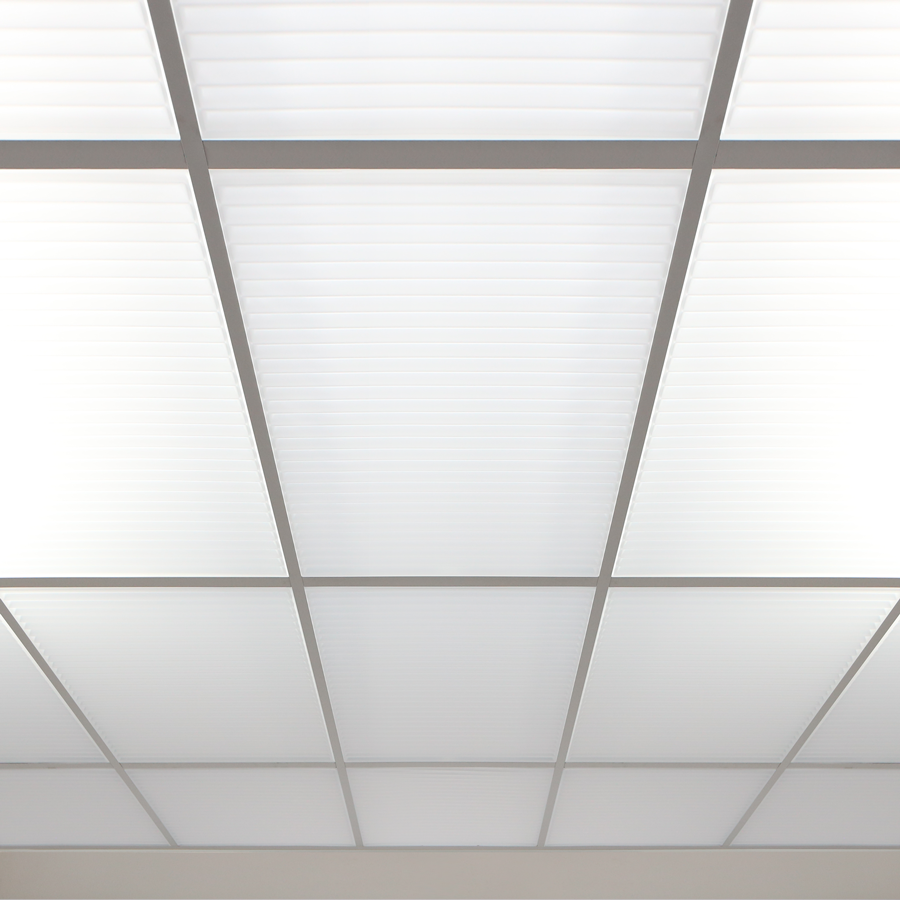Reducing Coconut Husk Pollution Using Cellulose- Degrading Bacteria to Make Self-Illuminating Ceiling Tiles
Abstract
The study of Engineering is always exciting! Did you ever know that even Biology can be engineered? Well, it can, and is done presently. The fusion of engineering and biology is a breakthrough as seen by many scientists and is termed Synthetic Biology. Synthetic Biology, according to the National Human Genome Research Institute, is a field of science that involves redesigning organisms for useful purposes by engineering them to have new abilities [1] Amazing, right? Organisms can do the extraordinary based on the instructions (DNA or gene) you place inside it. Because of these mind-blowing possibilities, companies worldwide are harnessing the power of nature through engineering to solve problems in medicine, manufacturing, agriculture, and many other aspects of life. Conservation is also another critical area in which synthetic biology has been much appreciated, termed as Bioremediation where microorganisms break down and consume pollutants. Consider this scenario; applying synthetic biology principles in biodegrading coconut husks to reduce its arising pollution and further incorporating this achievement into building self-illuminating ceilings. Other applications include self-illuminating recreational facilities, such as pathways in communities using biological parts from specified self-illuminating bacteria.


